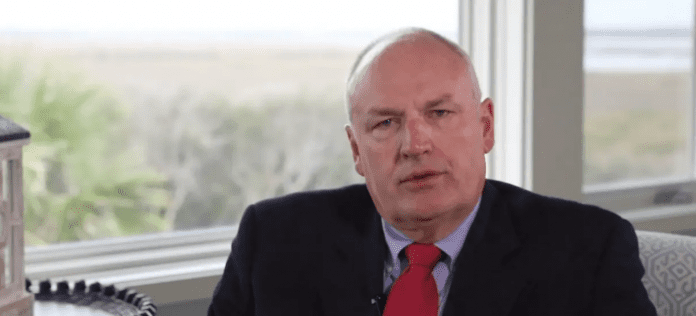By: John Geis, Principal of Cresset Partners
Owners of privately held medical product companies who either want to take their businesses to the next level or be rewarded for their years of hard work through a liquidity event often look to private investments to make that happen, since the money flowing into medical product companies is substantial. For example, in the medical technologies space, the average deal size in 2017 was $605 million (1).
Although valuations can be very significant, many medical product companies tend to be smaller, family-run businesses. One study that analyzed economic data from the Census Bureau found that 73 percent of medical device firms had fewer than 20 employees, and 88 percent had fewer than 100 employees (2). Owners of these companies are often looking for private investment partners who will not only complement their company culture, but will also respect and honor their vision and give it the time and space to be fully realized.
It’s all about finding the right private capital to support where you want your company to go. It may sound obvious, but not all private investments are created equal, and it is important for medical product company owners to understand that.
For owners who want to invest in private capital but still want a say in the direction of their companies, it is suggested that you explore the following three questions:
DO THEY SUPPORT THE LONG-TERM VISION OF THE COMPANY?
This is key. If a private equity firm or private investor doesn’t see eye to eye with where you want your company to go, that is a clear indication to keep looking. With the amount of private investment dollars out there, it is very likely that there is a better suitor who will embrace your vision.
DO THEY HAVE THE PATIENCE TO SEE THAT VISION THROUGH?
Many private equity firms are only willing to hold an investment for five years before they sell it.
As an owner of a medical product company, you need to decide whether that is enough time to see your vision through.
Alternatively, with a firm like Cresset that is made up of families of investors, we can have a much longer time horizon. We have the patience to really let a business grow and mature.
HOW MUCH CONTROL WILL THEY DEMAND?
Control can be hard to let go of for any business owner, but that is exactly what many private investments will demand. Whether it is a private equity firm or a large, multi-national healthcare company looking for an acquisition, business owners typically will want a controlling interest in a company so they can do exactly what they want, when they want.
It is absolutely possible to remain independent from the big manufacturers and distributors and find a partner who appreciates and encourages what you have to offer in defining the legacy of your business. Seek out a partner who will let you retain a say in the future of your business.
About the author: John Geis, is a Principal of Cresset Partners, where he leads the firm’s private investment activities in healthcare.
References:
(1) Source: McKinsey & Company, 2017: Pitchbook Data; Pregin: S&P Capital IQ
(2) Source: MedPac: Report to the Congress: Medicare and the Health Care Delivery System, June 2017
